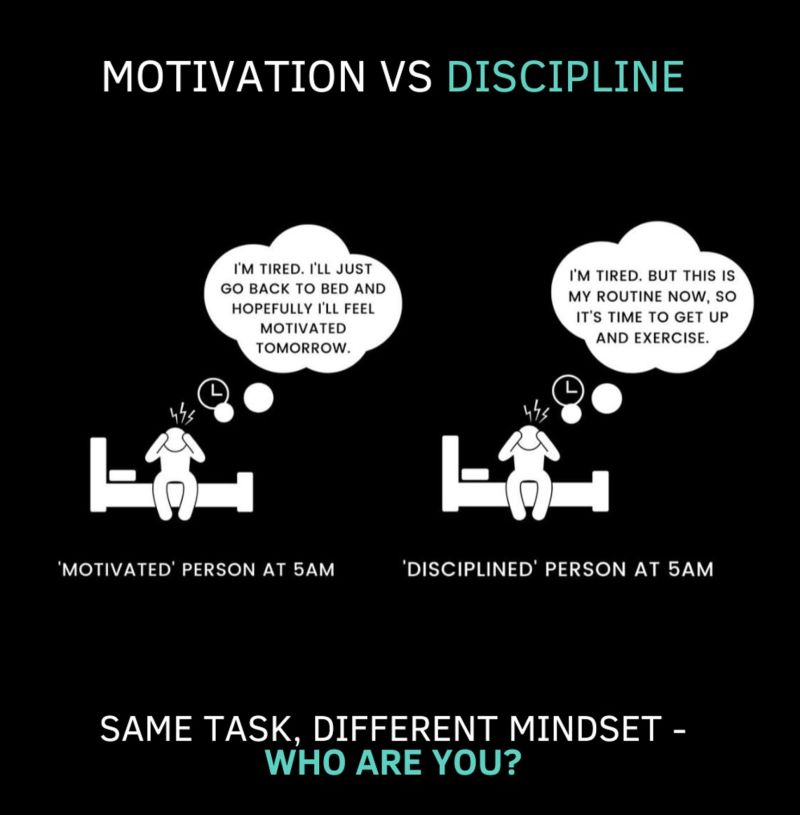
Mental Fatigue and Burnout in Fitness Professionals
Behind every energetic class, heavy lift, and motivational speech, there’s often a coach running on empty. In the fitness industry, burnout is common but rarely discussed. Trainers are expected to stay positive, look strong, and push others — yet few take time to recharge themselves. Mental fatigue doesn’t just affect mood — it directly impacts decision-making, empathy, and coaching quality.
1. What Is Burnout?
Burnout is more than just feeling tired. It’s a state of emotional, mental, and physical exhaustion caused by prolonged stress or imbalance between effort and recovery. The World Health Organization (WHO, 2019) defines burnout as a syndrome resulting from chronic workplace stress that has not been successfully managed, characterized by:
-
Energy depletion
-
Increased mental distance or cynicism
-
Reduced professional efficiency
For fitness professionals, this often appears as loss of passion, irritability toward clients, and lack of personal training motivation.
2. Why Coaches Are at Risk
The fitness field demands constant energy output — physically and emotionally. Trainers give motivation daily, often across long hours, irregular schedules, and fluctuating income. Common burnout triggers include:
-
Overcommitment: Training multiple clients back-to-back without rest.
-
Emotional labor: Constantly maintaining enthusiasm and positivity.
-
Self-neglect: Prioritizing others’ goals over personal well-being.
-
Financial pressure: Inconsistent earnings, especially for freelance trainers.
As Goodger et al. (2007) found, emotional exhaustion and low perceived control are key predictors of burnout in sport professionals.
3. The Science of Mental Fatigue
Mental fatigue is not just “in your head.” It’s a measurable physiological state involving:
-
Elevated cortisol (stress hormone).
-
Reduced dopamine and serotonin activity.
-
Impaired prefrontal cortex function, leading to poor focus and decision fatigue (Van Cutsem et al., 2017).
This means even if your body feels fine, your brain’s ability to coach effectively can deteriorate — resulting in mistakes, impatience, or lack of creativity during sessions.
4. Recognizing the Warning Signs
Every coach should self-assess regularly. Early symptoms of burnout include:
-
Difficulty waking up or feeling “flat” during work.
-
Loss of excitement toward clients or gym atmosphere.
-
Frequent mood swings, irritability, or anxiety.
-
Ignoring personal workouts or meals.
-
Feeling detached — going through the motions without purpose.
Ignoring these signs leads to chronic fatigue, depression, and even leaving the profession altogether.
5. Prevention and Recovery
You can’t pour from an empty cup. The same recovery principles you preach to clients must apply to yourself. Strategies to prevent burnout:
-
Set boundaries: Limit working hours or daily client sessions.
-
Schedule recovery: Take regular rest days, vacations, or quiet time.
-
Peer support: Share experiences with other coaches or mentors.
-
Mindful training: Meditation, journaling, or breathwork can reduce stress.
-
Continuous learning: Attend workshops to reignite curiosity and motivation.
The National Association for Strength and Conditioning Research (NASC) now includes Professional Wellness & Ethics as part of its certification modules — ensuring that coaches develop resilience, not just physical expertise.
6. Reframing the Coach Mindset
A good coach doesn’t just lift weights — they lift others. But to do that sustainably, they must protect their own energy first. Professionalism includes self-care. Boundaries are not signs of weakness — they are signs of wisdom.
🔍 Key Takeaway
You can’t coach at your best if you’re running on empty. Managing mental fatigue isn’t selfish — it’s essential for longevity, clarity, and quality in coaching. The strongest coaches are not those who never rest, but those who know when and how to recover.
References
-
Goodger, K., Gorely, T., Lavallee, D., & Harwood, C. (2007). Burnout in sport: A systematic review. The Sport Psychologist


